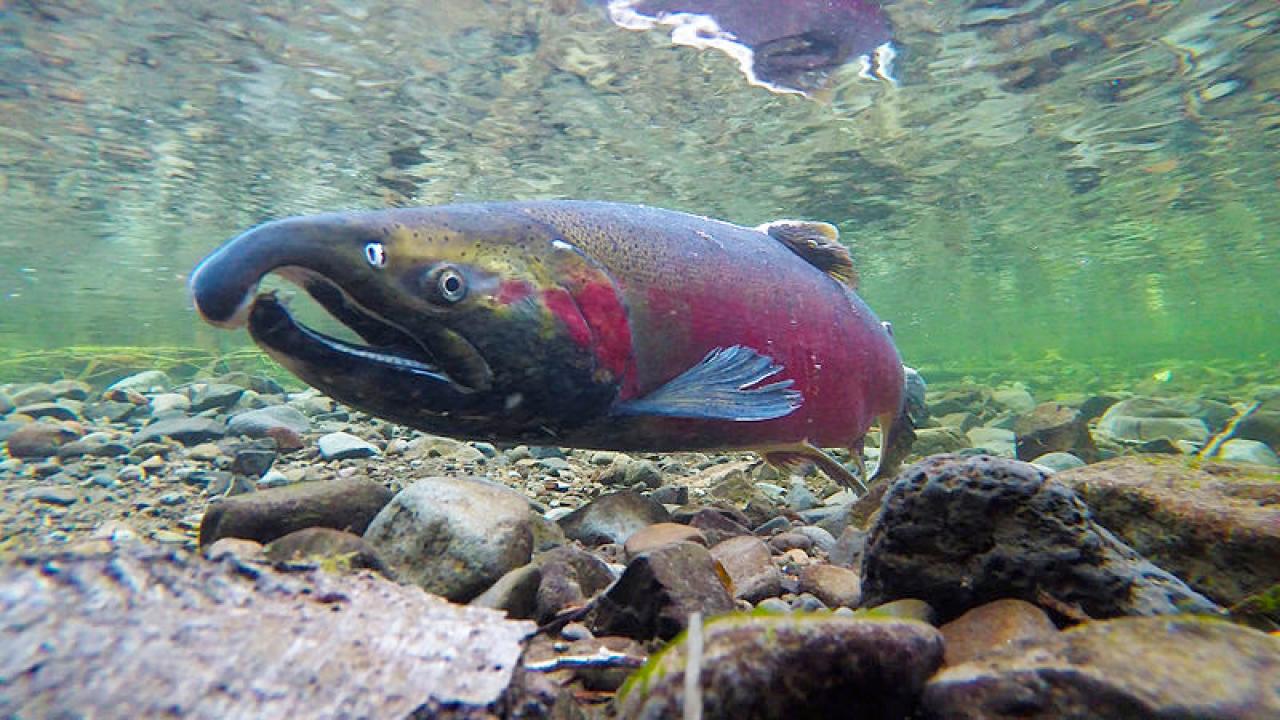A recent post on the California WaterBlog run by the UC Davis Center for Watershed Sciences takes a look at the state’s almost 1600 dams. These dams were all built for specific purposes, whether to manage water supplies, control flooding, generate power or for other needs. But with a mean age of 72 years, many of California’s dams have outlived their original purpose – while causing massive disruption to the environment, as well as to indigenous people and others who had to move out of the way of construction. And aging dams pose a serious hazard to communities if they fail.
In California, there is not a single river that runs unimpeded from source to ocean. That has led to the extinction of some species of salmon in the state and put others on the endangered species list. The loss of salmon runs has been disastrous for Native American communities, for example on the Klamath river.
What can be done? California is well-positioned to lead, write authors led by Andrew Rypel, associate professor of wildlife and fisheries biology at UC Davis. Rypel and colleagues propose creating a broad, blue-ribbon panel to examine the regulation of dams in California in terms of safety and environmental performance. They propose developing scientific tools to assess dams, and overhauling the tangle of state and federal laws by which dams are approved and managed. Despite their environmental impact, dams may even turn out to be a haven for some endangered fish species if managed properly.
“Every dam is unique and there will be no one-size-fits-all approach,” the authors write. “Planning for aging dams is not unlike planning for a pandemic. It seems as though you don’t need it…until you do.”
Coauthors on the post with Rypel are Jay Lund and Peter Moyle, Center for Watershed Sciences; Christine A. Parisek, Wildlife and Fisheries Biology; Ann Willis and Sarah Yarnell, John Muir Institute of the Environment; and Karrigan Börk, University of the Pacific McGeorge School of Law.
Media Resources
What’s the dam problem with deadbeat dams? (California Waterblog)
